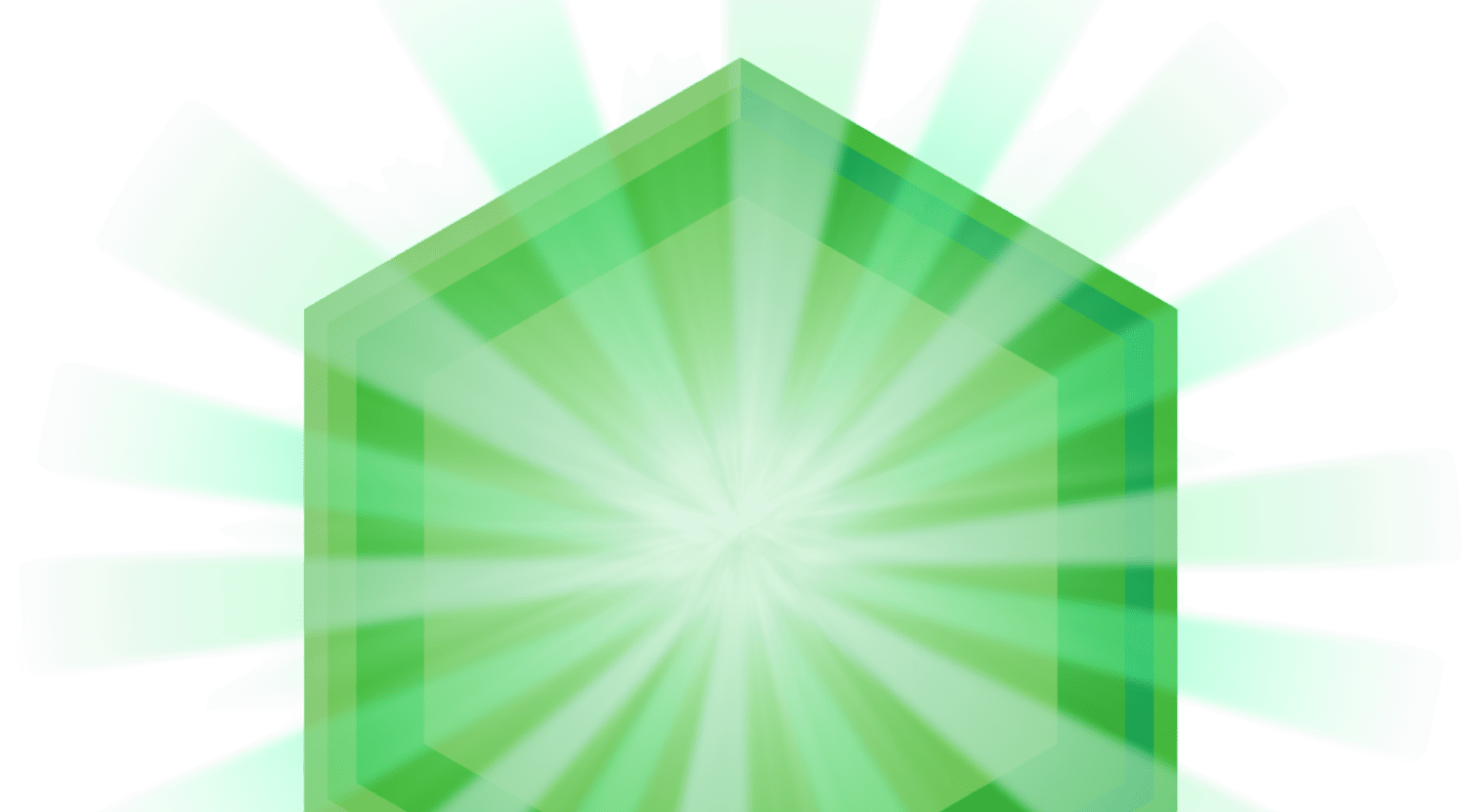
How to Tell if You Have Allergies or Sinusitis
When you suffer from allergies, or allergic rhinitis, you might experience a lot of uncomfortable symptoms. So when you feel under the weather, it can be difficult to tell if it’s just your allergy symptoms acting up or sinusitis (also known as a sinus infection). Here’s a quick look at the difference between allergies and a sinus infection.
ALLERGIC RHINITIS
SINUSITIS
Inflammation in
the nose1
Inflammation of the sinuses
(located in the forehead,
cheekbones, and behind the nose)1
Indoor and
outdoor allergens1
Sinus infection (usually caused by
a virus or bacteria). But can also be caused by nasal polyps or a deviated
nasal septum.2
Sneezing, runny nose,
nasal congestion, and itchy, watery eyes1
Thick yellowy mucus, sinus pressure (tenderness and swelling around the
eyes, cheeks, nose and forehead), and reduces sense of smell and taste1*
Did you know?
Your skull has four pairs of sinuses, or hollow spaces, called the paranasal sinuses. Sinuses help lighten the skull, warm and humidify inhaled air, and give resonance to the voice and shape to the face. They are lined with the same kind of tissue that lines the inside of your nose.1,3

*FLONASE® is not indicated to treat these symptoms.
Sources :
1. Rhinitis and Sinusitis. (n.d.). Retrieved September 23, 2015, from https://www.aafa.org/display.cfm?id=9&sub=18&cont=239
2. Acute sinusitis causes. (n.d.). Retrieved October 27, 2015, from http://www.mayoclinic.org/diseases-conditions/acute-sinusitis/basics/causes/con-20020609
3. O'Rahilly, MD, R. (2008). The nose and paranasal sinuses. In Basic Human Anatomy (p. Ch. 52). Dartmouth Medical School. https://www.dartmouth.edu/~humananatomy/part_8/chapter_52.html



